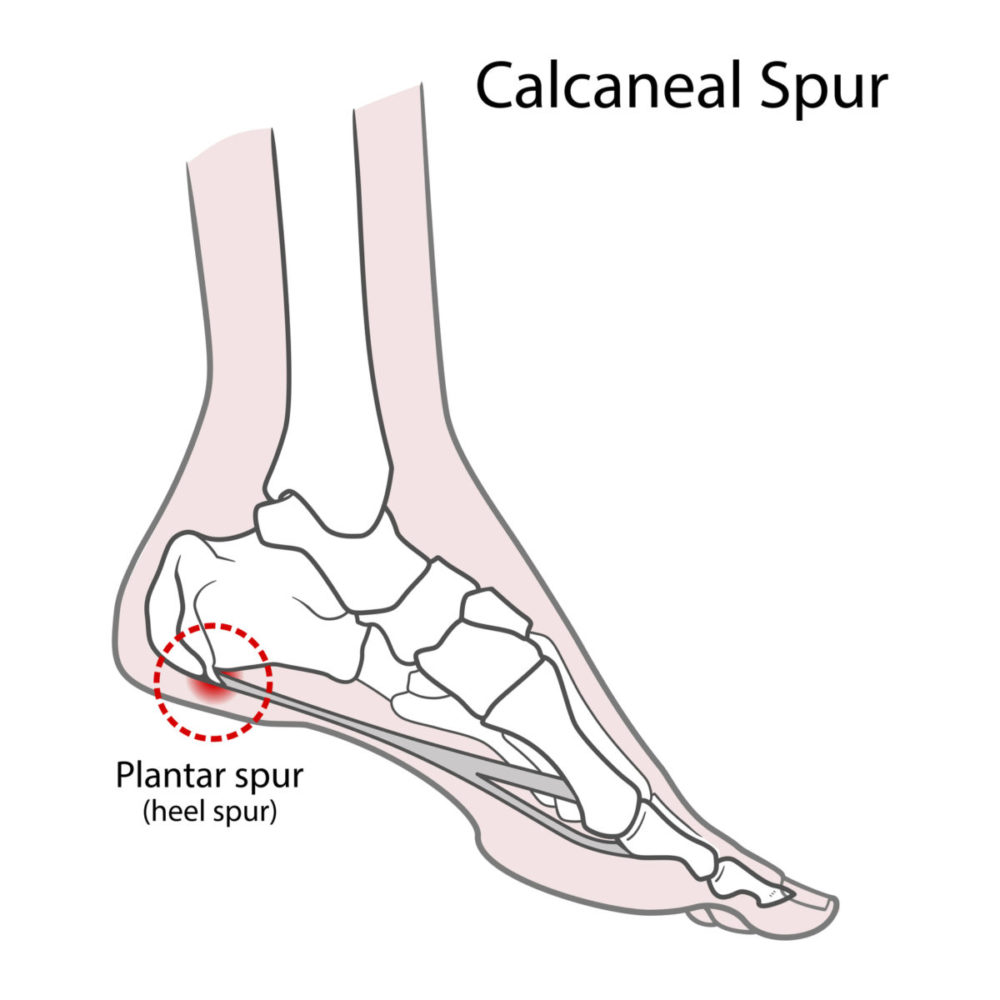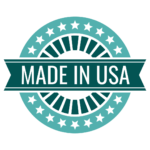What Are Heel Spurs?
A heel spur is a bony growth that develops on the heel of the foot. They can develop on the
bottom of the heel or the back of the heel. An heel spur on the bottom of the feet are known as
plantar spurs originated from plantar fasciitis. Heel spurs on the back of the heel are known as
achilles calcaneal spur or haglunds deformity.
How Can I Tell if I Have Heel Spurs?
If you have heel spurs, you will probably feel them at some point in time. When they are
smaller, you may feel them as a pain in your feet. The pain can be a stabbing pain or it can be
an ache. The pain is the result of the heel spur from inflammation around the spur or interfering
with the feet’s normal soft tissue, so you may not feel a heel spur until it has already developed.
Larger heel spurs may actually be detectable, by touch, from the outside, or even visible.
However, a heel spur cause the same symptoms as a number of foot problems like plantar
fasciitis and Achilles tendinitis. If you do not know the cause of your heel pain, you may need to
see a doctor for diagnosis.
What Causes Heel Spurs?
While some people may be more prone to developing a heel spur than others, there are certain
behaviors that help contribute to heel spur formation. Running, on its own or as part of other
sports, can contribute to heel spur formation. Choosing improperly fitting footwear or footwear
without arch support can lead to heel spurs. Obesity, arthritis, and injuries can all lead to heel
spur formation, as well. One of the factors that can contribute to heel spur is having flat feet.
Can I Fix a Heel Spur?
Absolutely. Heel spurs are one of the foot problems that is commonly resolved by surgery.
However, foot surgery is often off-the-table for people, not because the surgery is especially
difficult, but because the downtime after a surgery may simply not work into a person’s
schedule. However, putting off treatment is a bad idea. Left untreated, heel spurs are a foot
problem that tends to get worse, and, as they change how you walk you increase your risk of
pain and injury to your knees, hips, and back.
Fortunately, there are non-surgical treatment methods. Physical therapy, icing, elevation, night
splints, and cortisone shots can all offer some measure of relief. However, the most important
component may be custom orthotics, such as the ones we create at Arcus Custom Orthotics.
By correcting the structural issues that led to the formation of the heel spur, we can not only
help alleviate pain, but also help you keep the problem from getting worse.

